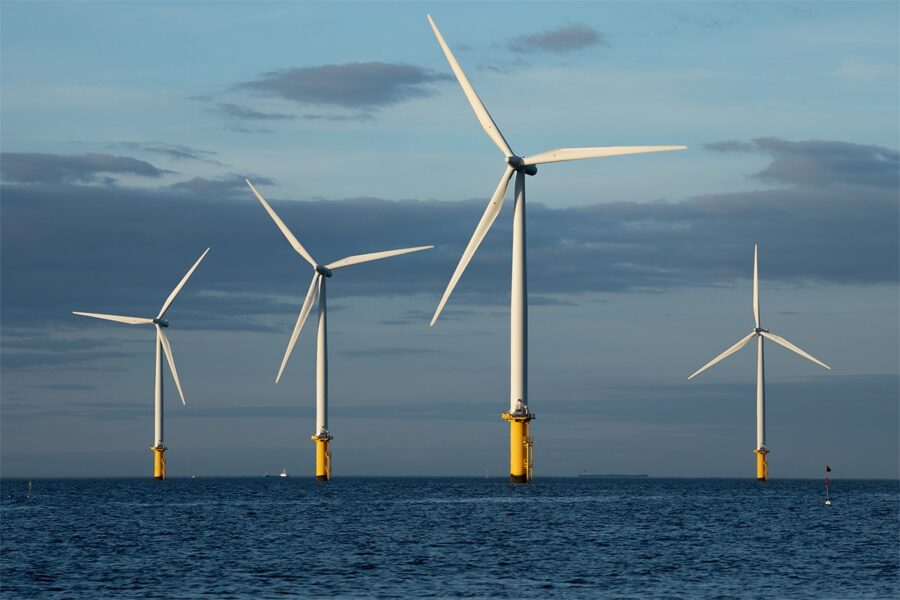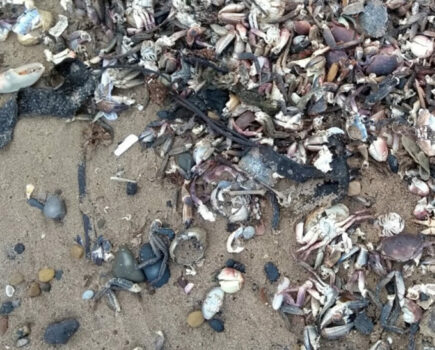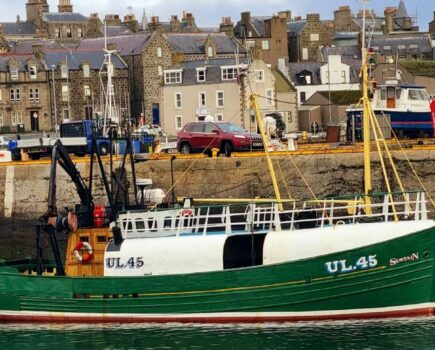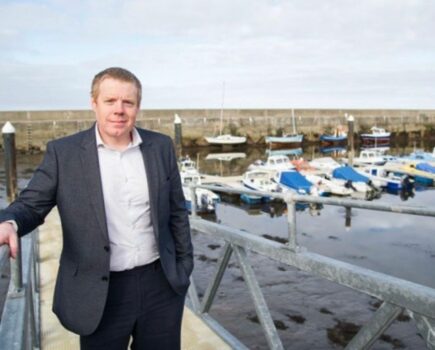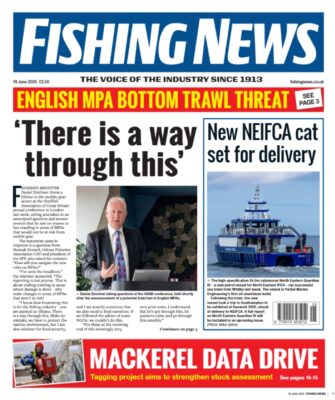The Cornish Fish Producers’ Organisation (CPFO) called on the Crown Estate to ensure a ‘smooth handover’ as the first developers for floating offshore wind sites in Celtic Sea were announced.
The conclusion of Offshore Wind Leasing Round 5, which launched in February 2024, saw the Crown Estate – which manages the seabed around England, Wales and Northern Ireland – identify Equinor and Gwynt Glas – a joint venture between EDF Renewables UK and ESB – as preferred bidders to deliver floating wind farms at two development sites.
Chris Ranford, chief executive of the CFPO, told FN: “We’ve said to the Crown Estate that they really should be doing a formal handover between the fishing industry reps and the developers that have been awarded the licence as soon as possible, because obviously the developers want to get on and make use of what they’ve got.
“The Crown Estate need to set the tone and explain to the developers that we’ve been working in a much more collaborative way, and that the developers should carry on that spirit. If they take their hands off now, there’s a risk that a developer isn’t aware of how constructive we’ve been.”
He called for a code of conduct or similar guidance for developers to be created, noting that working positively with the fishing industry would be key, given the Crown Estate’s intention to lease further areas of the Celtic Sea for development. These future sites are likely to be more contentious, impacting on much more important fishing grounds.
“They are looking to do more in the Celtic Sea, so it’s really important they keep positive relationships between developers and the fishing industry,” Chris Ranford continued.
“From a fishing point of view, it doesn’t matter if it’s the Crown Estate talking to them or an energy company; they want positive engagement at all parts of the process in a good collaborative way.”
A Crown Estate spokesperson said: “One of the many successes of Offshore Wind Leasing Round 5 has been the positive engagement and collaboration with the fishing industry.
“We intend to carry this spirit through into the upcoming handover discussions with successful developers as they take the lead on development of their individual projects. The Crown Estate will facilitate and support this continued dialogue with fisheries and developers, helping to deliver a new generation of floating wind farms in the Celtic Sea.”
The most northerly site, Project Development Area (PDA) 1, is currently heavily fished by the Belgian fleet, and they will be impacted more directly by the Gwynt Glas development than UK boats, but the CFPO has concerns about the impacts of displacement.
PDA 3, secured for development by Equinor, is an important site for Cornish shellfish boats fishing out of ports such as Padstow, the netting fleet targeting hake, and beam trawlers at certain times of the year, in addition to Belgian vessels.
Development of PDA 2 is also to be progressed, with delivery arrangements to be detailed by the Crown Estate shortly.
The fishing industry has previously called for formal acknowledgement that no fishing would be possible inside floating wind farms, as a prelude to discussions on compensation.
Asked if the situation had developed, Chris Ranford said he was ‘still waiting to get this in writing officially’ from the Marine Management Organisation. “Fishing won’t return to these sites,” he said. “It’s still a big ask from us that that’s formally recognised.”
Previous work by the CFPO, NFFO and the Crown Estate brought together mobile- and static-gear skippers, energy developers and engineers to understand if they could operate within floating offshore wind structures. This effort, and subsequent modelling by Seafish gear technologist David Warwick, demonstrated that it would be neither safe nor economically viable to fish with mobile or static gear around floating offshore wind infrastructure.
A developing technology, floating offshore wind sees turbines tethered to the seabed and allows developments to be located in deeper waters than fixed-base wind farms. This has allowed new areas such as the Celtic Sea to become potential areas for offshore energy development.
The new developments, each of which has a potential to generate 1.5GW, will, according to the Crown Estate, be among the largest of their kind in the world. They are expected to be ‘the first phase of a new industry in the Celtic Sea’ with ‘the potential for a further 4GW to 10GW to be brought to market by the end of the decade’.
The agreements for lease for the first two sites are expected to be signed in the autumn, with the consenting process expected to take three to five years, and the wind farms potentially becoming fully operational in the early 2030s.
This story was taken from the latest issue of Fishing News. For more up-to-date and in-depth reports on the UK and Irish commercial fishing sector, subscribe to Fishing News here or buy the latest single issue for just £3.50 here.
Sign up to Fishing News’ FREE e-newsletter here.

